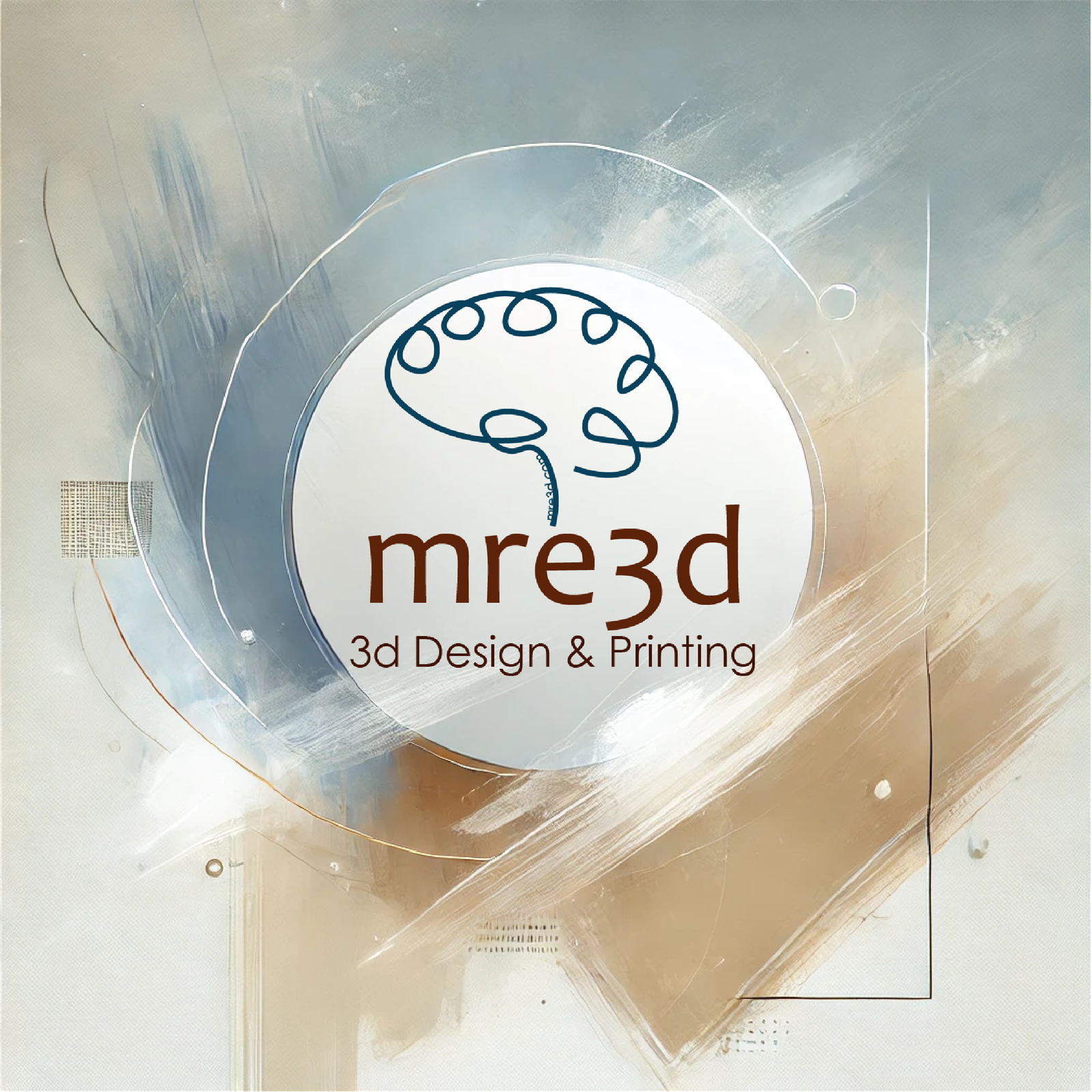Revised May 12, 2025 – by mre3d
The 3D Printing Revolution: Understanding the Top Methods of Additive Manufacturing
Remember when creating a prototype meant weeks of waiting and thousands of dollars? Those days are quickly becoming history, thanks to additive manufacturing—better known as 3D printing. This game-changing technology is transforming industries from healthcare to aerospace, allowing creators to bring their ideas to life faster and more affordably than ever before.
Unlike traditional manufacturing that carves away material (think of a sculptor chiseling marble), 3D printing builds objects from the ground up, layer by microscopic layer. It’s like having a factory on your desktop. But not all 3D printing is created equal. Let’s explore the most popular methods and discover which one might be right for your next project.
Fused Deposition Modeling (FDM): The Gateway to 3D Printing
FDM is the workhorse of the 3D printing world—and probably what comes to mind when most people think of 3D printing. Picture a sophisticated hot glue gun controlled by a computer. The printer melts plastic filament and carefully deposits it layer by layer, like a pastry chef piping frosting with incredible precision.
Desktop FDM printers now start under $200, making them accessible to hobbyists, educators, and small businesses alike. While you won’t get museum-quality finishes, FDM excels at producing functional parts quickly and economically. Common materials include PLA (biodegradable and beginner-friendly) and ABS (stronger and heat-resistant).
Why it’s popular:
- Affordable for businesses and hobbyists alike
- User-friendly technology
- Great for prototyping and educational purposes
The downside? Material options are somewhat limited, and you might notice visible layer lines on finished products.
Stereolithography (SLA): Where Precision Meets Artistry
SLA printing feels like something out of a sci-fi movie. A UV laser dances across a vat of liquid resin, solidifying it with surgical precision. The result? Parts so detailed they can capture the finest textures, making SLA the go-to choice for jewelry designers, dentists creating dental models, and miniature enthusiasts.
The surface finish from SLA printing is remarkably smooth—almost glass-like—requiring minimal post-processing. This technology particularly shines in industries where accuracy is paramount. However, the resins can be messy to work with and require proper ventilation, and the materials tend to be more expensive than FDM filaments. Print times can also be longer, but when quality is non-negotiable, SLA delivers.
Perfect for:
- Jewelry making
- Dental applications
- High-detail prototypes requiring smooth finishes
Keep in mind: The resins can be expensive, and you’ll need proper ventilation due to chemical fumes.
Selective Laser Sintering (SLS): Industrial Strength Innovation
Moving into more industrial territory, SLS technology opens up a world of possibilities. Instead of liquid or filament, SLS uses fine powder—typically nylon, but also metals and ceramics. A powerful laser sinters (fuses) the powder particles together, creating remarkably strong parts that can withstand real-world use.
What sets SLS apart is its ability to create complex geometries without support structures. The unsintered powder acts as natural support, allowing for intricate internal channels and moving parts printed in place. Major automotive and aerospace companies rely on SLS for functional prototypes and end-use parts. While the equipment carries a hefty price tag, the technology’s versatility and material options make it indispensable for serious manufacturing applications.
Key advantages:
- No support structures needed
- Excellent for functional parts
- Creates durable, weather-resistant products
However, the machines require significant investment, making them more suitable for established businesses.
Electron Beam Melting (EBM): Aerospace-Grade Precision
When you need parts that can literally fly, EBM technology rises to the challenge. Using an electron beam in a vacuum chamber, EBM melts metal powder layer by layer, creating parts with exceptional strength and minimal residual stress. This method is particularly popular with titanium alloys, making it a favorite in aerospace and medical implant manufacturing.
The vacuum environment prevents oxidation, ensuring pure, high-quality metal parts. Boeing and Airbus use EBM-printed components in their aircraft, while medical companies create custom hip and knee implants. The technology requires significant investment and expertise, but for applications where failure isn’t an option, EBM proves its worth.
Standout features:
- Produces incredibly strong metal parts
- Handles complex geometries with ease
- Perfect for titanium components
The limitation: It only works with specific metals and requires specialized training to operate.
Digital Light Processing (DLP): Speed Meets Detail
Think of DLP as SLA’s faster cousin. Instead of tracing each layer with a laser, DLP projects an entire layer at once using a digital light projector. This parallel processing approach dramatically reduces print times while maintaining excellent detail.
DLP excels in applications requiring both speed and precision—dental labs use it for creating accurate dental models and aligners, while jewelers appreciate its ability to produce multiple detailed pieces simultaneously. The technology has also found a home in the entertainment industry, creating highly detailed figurines and props. Recent advances in DLP resins have expanded material properties, including flexible and high-temperature resistant options.
Why you’d choose DLP:
- Faster print times
- Excellent surface finish
- Great for small, detailed objects
The catch: Limited build volume and higher initial costs
The Future is Additive
The 3D printing revolution isn’t just for tech giants anymore. From small businesses creating custom products to hobbyists bringing their ideas to life, additive manufacturing is democratizing creation.
Whether you’re a manufacturer looking to streamline production, an entrepreneur with a product idea, or simply curious about this fascinating technology, there’s never been a better time to explore what 3D printing can do for you.
Ready to dive into 3D printing? Start by identifying your needs—are you looking for detailed prototypes, functional parts, or artistic creations? Then research which technology aligns with your goals and budget. Consider joining online 3D printing communities or visiting local makerspaces to gain hands-on experience before making any significant investments.
The future of manufacturing is already here—and it’s building itself, one layer at a time.
